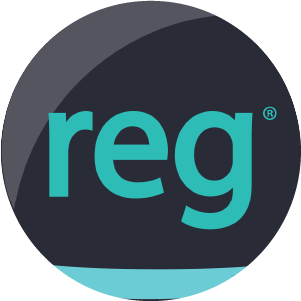In today’s digital world, having a presence on social media is no longer optional—it’s essential. But with so many platforms available, how do you decide which ones are the best fit for your brand? The key is not to be everywhere, but to be where it matters most. Choosing the right social media platforms can save time, maximize your impact, and connect you with your ideal audience.
Here’s how to make the right choice for your brand:
1. Know Your Audience
Before selecting any platform, understand who your audience is. Consider the following:
- Age: Younger audiences gravitate toward TikTok and Instagram, while older users may prefer Facebook or LinkedIn.
- Gender: Pinterest skews more female, while YouTube and Reddit have a more balanced or male-heavy audience.
- Interests: If your audience enjoys visual content, Instagram or Pinterest might be ideal. For professional insights, LinkedIn is the go-to.
Use analytics from your website, email list, or current social media accounts to identify where your audience spends their time.
What do you want to achieve with social media?
2. Define Your Goals
Brand awareness: Visual platforms like Instagram and TikTok are great for getting noticed.
Lead generation: Facebook and LinkedIn offer powerful ad tools for driving traffic and conversions.
Customer engagement: Twitter (X), Facebook, and Instagram are excellent for real-time interaction.
Thought leadership: LinkedIn is perfect for sharing industry knowledge and building authority.
Different platforms excel in different areas, so choose based on what matters most to your business objectives.
3. Assess Your Content Capabilities
Each platform favors certain types of content. Ask yourself:
Can you create short, engaging videos? Consider TikTok or Instagram Reels.
Do you have high-quality images or design skills? Instagram and Pinterest may be ideal.
Are you comfortable sharing long-form posts or articles? LinkedIn or Facebook could be a better match.
Do you plan to post news or updates frequently? Twitter (X) is built for that.
Focus on the platforms that align with the type of content you can consistently produce.
4. Consider Your Industry
Some platforms naturally align better with specific industries:
B2B brands tend to thrive on LinkedIn.
Lifestyle, fashion, and food brands often succeed on Instagram and Pinterest.
Tech companies might perform well on YouTube and Reddit.
Media outlets and influencers frequently use Twitter/X and TikTok.
Look at where your competitors are active and successful—but don’t just copy them. Consider what will work best for your brand voice and offerings.
5. Start Small, Then Scale
It’s tempting to try to be on every platform at once, but it’s better to master one or two than to stretch yourself too thin. Focus on building a strong presence where you’re most likely to succeed. Once you’ve gained traction, consider expanding to other platforms.
Conclusion
Choosing the right social media platforms isn’t about following trends—it’s about finding the best match for your brand, goals, and audience. By being strategic with where you show up, you’ll make more meaningful connections, grow your presence faster, and get a better return on your time and marketing investment.


